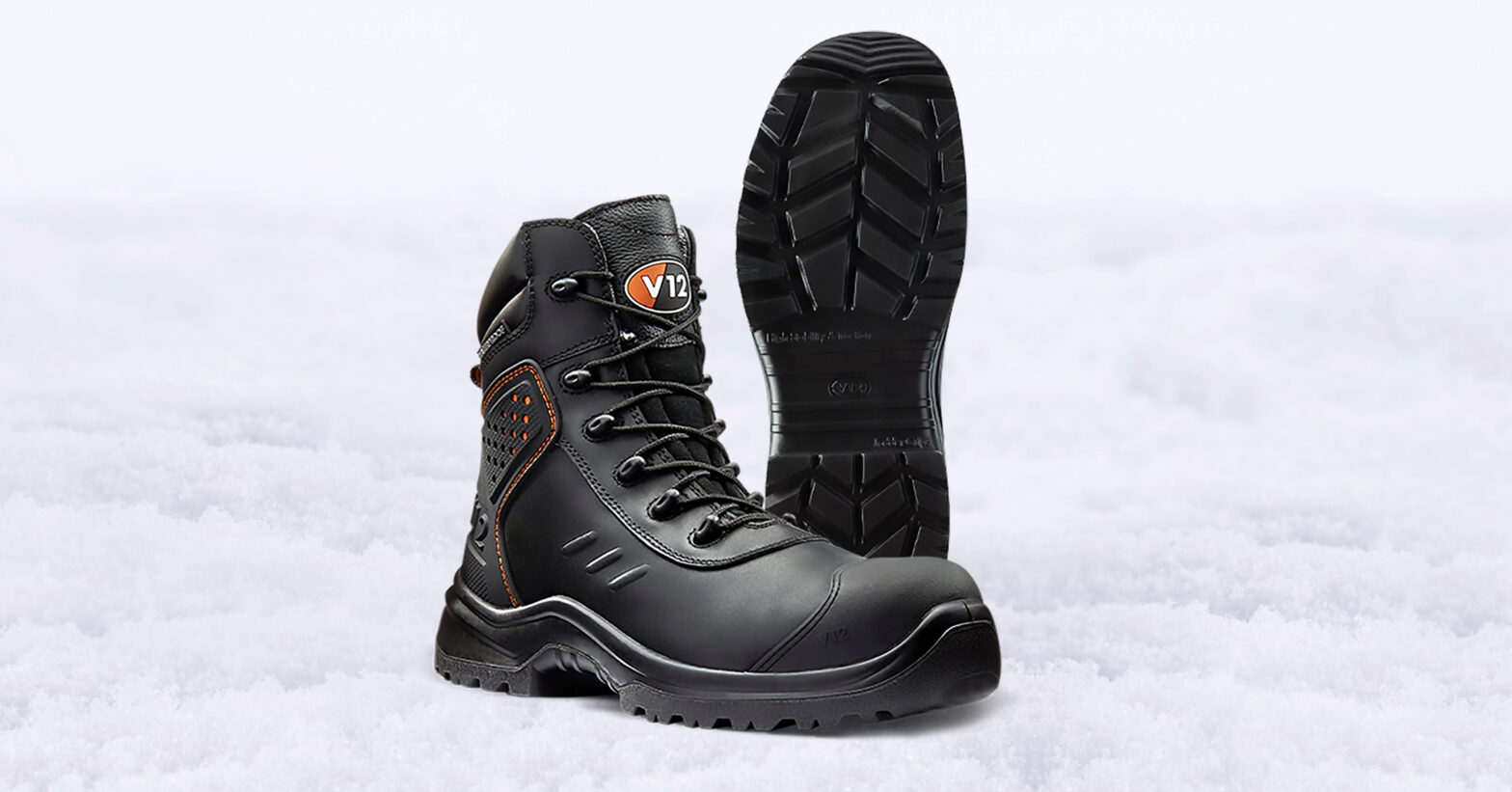
As the summer heat fades and the colder months start creeping in, the start of Winter brings about a unique set of challenges for those who work in various industries. Amidst this seasonal shift, one critical consideration is often overlooked – the type of footwear you choose. Whether your work within construction, agriculture, or even manufacturing, selecting the appropriate safety boots for the winter conditions is essential for both comfort and safety.
In this comprehensive guide, we’ll explore the essential features that your Winter safety boots must have.
Slip-resistant soles: Staying upright in wet conditions
One of the foremost concerns during Winter is the increased prevalence of wet and slippery surfaces due to rain, fallen leaves and dew. Slip-resistant soles are a non-negotiable feature for safety boots in Winter. These specifically designed soles provide the following:
- Excellent traction
- Reducing the risk of slips and falls
- Ensuring stability even on slick surfaces.
Insulation: Keeping feet warm in chilly weather
As the temperature drops, staying warm becomes a priority. Safety boots with insulation are an ideal choice for Winter. Insulated boots help regulate the internal temperature of the footwear, keeping your feet warm and comfortable throughout the day.
Waterproofing: Defending against wet conditions
Winter often brings rain and dampness; the last thing you want is to have wet feet all day. Waterproof safety boots are a game-changer in such conditions. These boots are designed to repel water, keeping your feet dry and preventing discomfort. They’re an essential investment for maintaining productivity and well-being during wet weather.
Top tip: Look for boots with high-quality waterproof membranes to ensure your team’s feet stay dry throughout the workday.
Breathability: Preventing sweat buildup
While insulation and waterproofing are essential, ensuring your feet can breathe is equally vital. Breathable safety boots help prevent excessive sweat buildup, reducing the risk of blisters and discomfort. We recommend purchasing boots with a moisture-wicking lining and breathable materials that allow air circulation without compromising warmth or protection.
Ankle support: Stability on uneven surfaces
Safety boots with proper ankle support offer stability and reduce the risk of twisting or spraining your ankle on uneven surfaces. This feature becomes even more crucial as the ground becomes less predictable due to weather conditions.
Composite or Steel Toes
Protecting toes is a year-round concern, but winter safety footwear should still provide the required toe protection. Composite and steel toes are both excellent choices. Composite toes are non-metallic and offer lightweight protection. Steel toes are durable and have a long track record of keeping toes safe.
Composite or Steel Toes
The right fit is essential for any safety footwear. Winter boots should accommodate thicker socks without constricting the feet. Ensure your workers have the opportunity to try on different sizes and styles to find the best fit for their needs.
As winter approaches, so do the challenges of the season. Therefore, equipping employees with the proper safety footwear is not just a matter of compliance; it’s a commitment to their well-being. By focusing on essential features like waterproofing, insulation, slip resistance, proper sizing, and breathability, you create a blueprint for a safe and comfortable Winter.




![stronghold global logo[94]](https://www.strongholdglobal.com/wp-content/uploads/2022/03/Stronghold-Global-Logo94.png)




